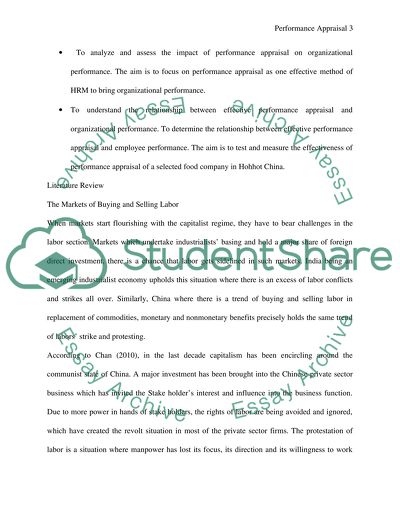Cite this document
(“The Effectiveness of Performance Appraisal Dissertation”, n.d.)
Retrieved from https://studentshare.org/human-resources/1482324-what-is-the-effectiveness-of-performance-appraisal
Retrieved from https://studentshare.org/human-resources/1482324-what-is-the-effectiveness-of-performance-appraisal
(The Effectiveness of Performance Appraisal Dissertation)
https://studentshare.org/human-resources/1482324-what-is-the-effectiveness-of-performance-appraisal.
https://studentshare.org/human-resources/1482324-what-is-the-effectiveness-of-performance-appraisal.
“The Effectiveness of Performance Appraisal Dissertation”, n.d. https://studentshare.org/human-resources/1482324-what-is-the-effectiveness-of-performance-appraisal.


